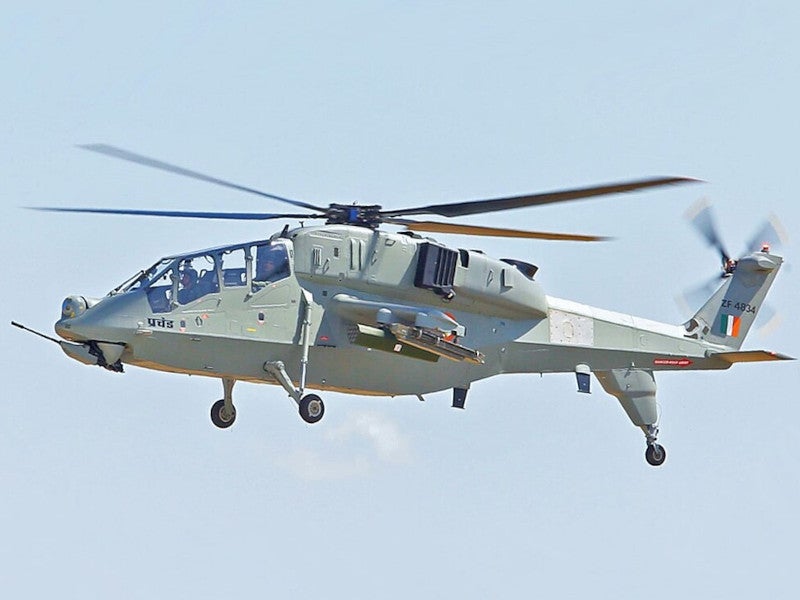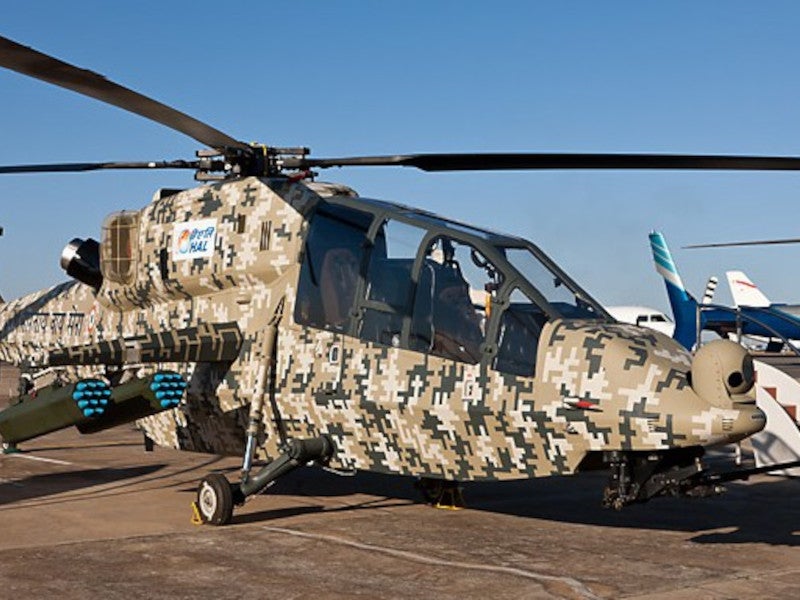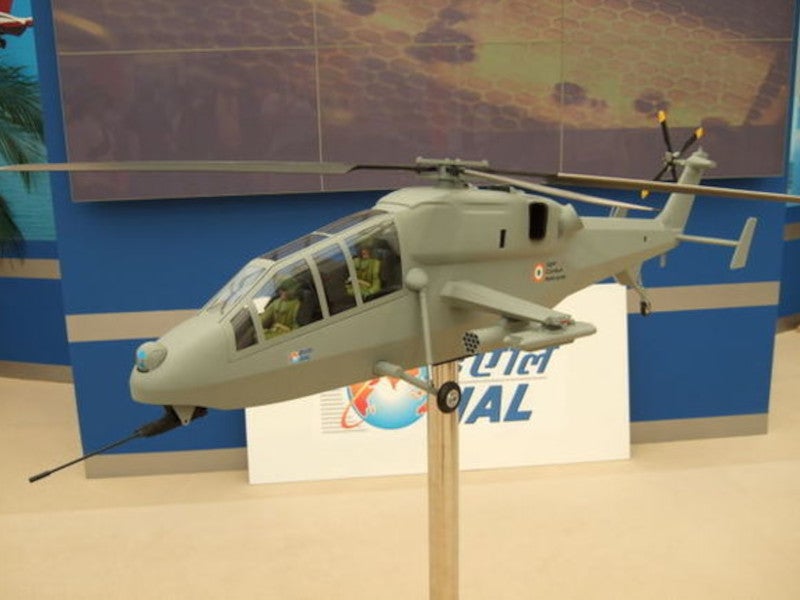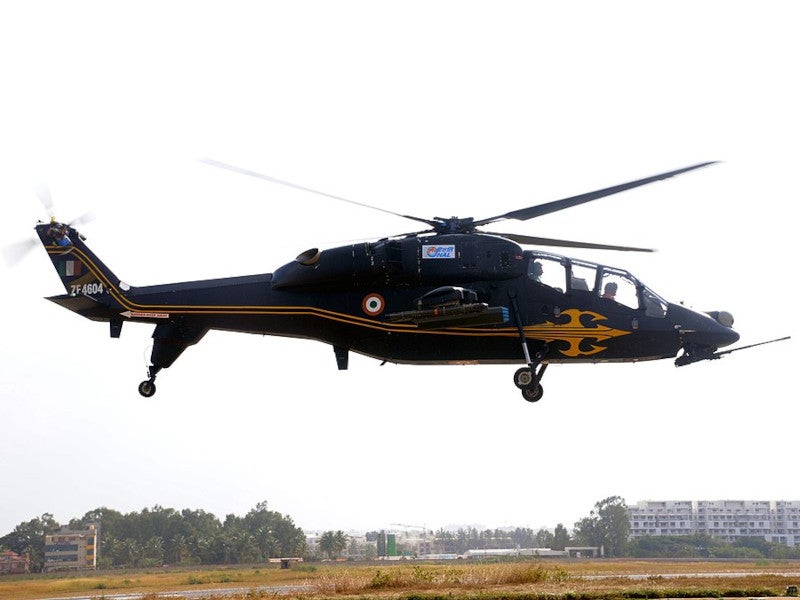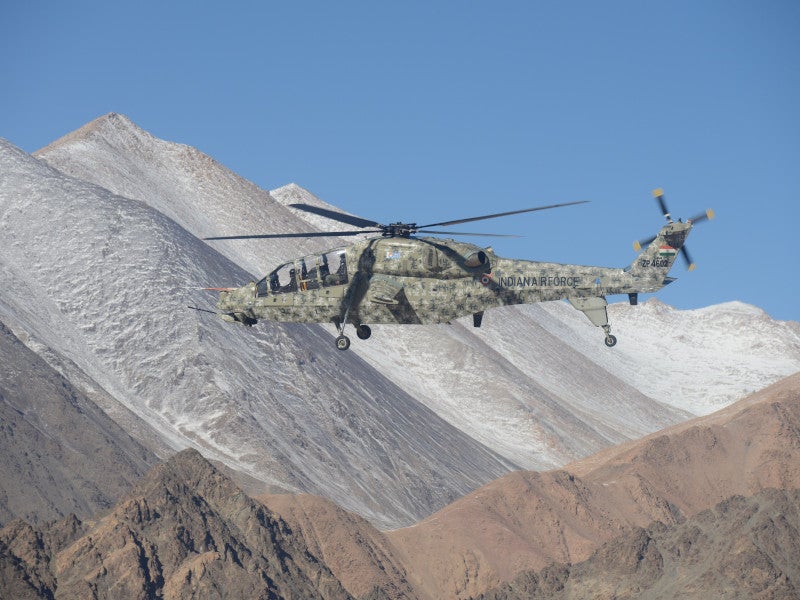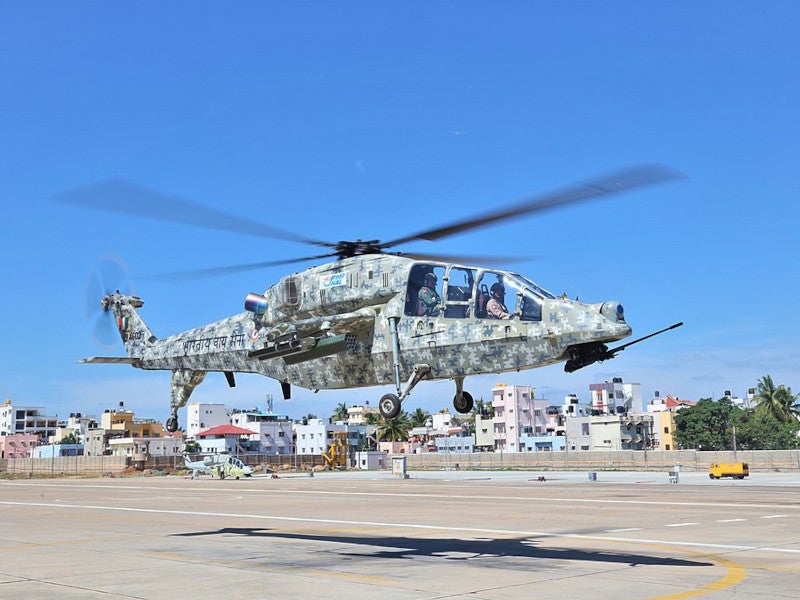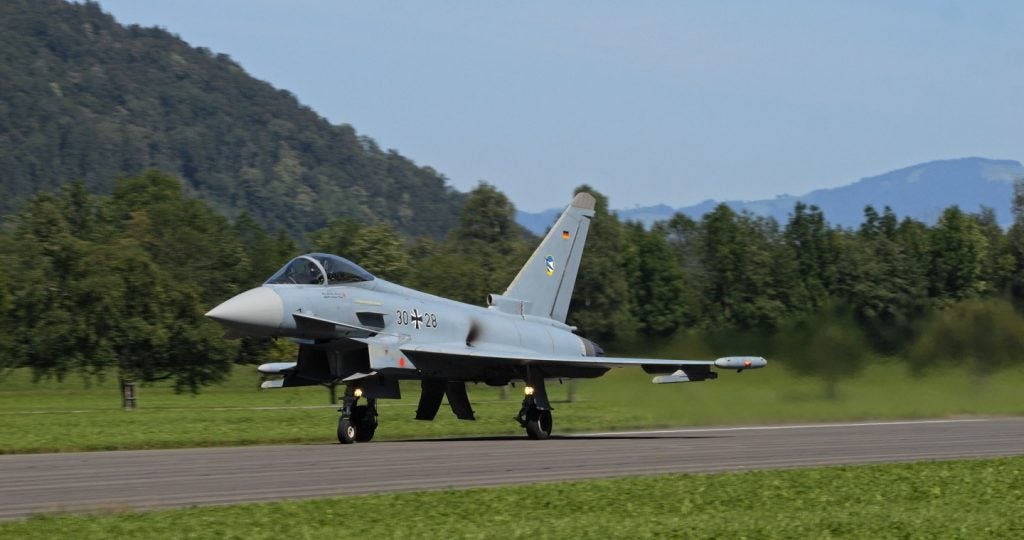The Prachand light combat helicopter (LCH) was designed and built by Hindustan Aeronautics Limited (HAL). It is an attack helicopter derived from the existing Dhruv helicopter.
The LCH can be deployed in roles including tracking slow-moving aerial targets and remotely piloted aircraft, counter-insurgency operations in jungle and urban environments, destroying enemy defences, conducting search and rescue missions, engaging in anti-tank operations and performing scouting missions. A datalink system transmits mission data to mobile platforms and ground stations operating within the network.
The LCH was developed to meet the requirements of the Indian Air Force and the Indian Army, which ordered 62 and 114 units respectively. Its first flight took place in Bangalore in March 2010.
The Indian Air Force (IAF) inducted the LCH named as Prachanda in October 2022. The helicopter joined the IAF’s newly formed No 143 Helicopter Unit.
HAL’s light combat helicopter design
The LCH is effective as both an anti-infantry and anti-armour helicopter. Its main and tail rotor diameters are 13.3m and 2.05m respectively. The two-seater craft also has a tricycle crashworthy wheel landing gear and stealth capabilities. The flight controls and hydraulics of Dhruv have been redesigned for the LCH.
The helicopter can fly in high-altitude areas and precisely strike targets at high altitudes. Additionally, it can conduct high-altitude bunker-busting operations and provide support to ground forces.
Prachand LCH helicopter development
HAL unveiled its plan to build the LCH in 2006, and it was approved by the Indian government in the same year with a development cost of Rs3.76bn ($44.97m).
The prototype LCH helicopter was showcased at the Aero India Air Show in 2007. It completed a flight test in March 2010, which included low-speed and low-altitude runs. The second prototype was showcased at the Aero India Air Show in 2011. HAL developed three prototypes of the LCH helicopter.
The IAF planned to procure 64 LCHs as part of a $4bn contract signed with HAL in March 2011. The helicopters were expected to enter service in 2012 but delivery was delayed due to developmental issues.
A certificate of basic configuration was issued for the LCH in October 2015. The initial operational clearance for the LCH was achieved in August 2017.
HAL declared the LCH as ready for operational induction in January 2019, following the completion of all weapon integration tests.
In March 2022, the Cabinet Committee on Security agreed to buy 15 LCH Limited Series Production helicopters for Rs38.87bn and also approved infrastructure spending of Rs3.77bn.
Armaments
The helicopter is equipped with electronic warfare systems and advanced weapons systems, including a chin-mounted and twin-barrel M621 20mm cannon on a Nexter THL-20 turret.
It is also equipped with Forges de Zeebrugge-built FZ231 rocket launcher capable of carrying 70mm rockets, in addition to MBDA air-to-air, air-to-surface and anti-radiation missiles, and Helina anti-tank guided missiles.
Explosive ordnance includes iron bombs, cluster bombs and grenade launchers.
Cockpit
The LCH has a glass cockpit accommodating two crew one behind the other. The cockpit is equipped with multifunction displays, target acquisition and designation systems, and a digital video recorder, to capture footage of the battlefield for use in debriefing. A helmet-mounted target system controls the turret guns mounted on the helicopter’s fuselage.
Sensors and countermeasures
The LCH is also equipped with a state-of-the-art sensor suite. It includes a charge-coupled device camera, a forward-looking infra-red camera and a laser designator. The two cameras capture the location and position of enemies, ensuring clear visibility during bad weather conditions. The laser range finder and designator aim laser-guided bombs and missiles towards the target.
The helicopter is also fitted with radar and laser warning receivers, a missile approach warning system, countermeasure dispensing systems and a missile jammer.
The LCH also features an integrated dynamic system, an anti-resonance isolation system and an integrated architecture and display system.
The helicopter is equipped with engine exhaust Infra-Red Suppression Systems (IRSS) supplied by WR Davis Engineering, a provider of IR signature management products and services based in Canada.
The IRSS enhances the resilience of aircraft against IR-guided missiles by diminishing the missile lock-on distance and facilitating the superior functioning of IR jammers and flares. A low-backpressure ejector alongside an upturned, film-cooled tailpipe was used for the LCH, providing substantial defence against both legacy and advanced heat-seeking man-portable air-defence systems.
Engines
The helicopter is powered by two HAL/Turbomeca Shakti turboshaft engines, each of which can generate 871kW and can run for up to 3,000 hours without maintenance. Each engine weighs 205kg and has an output speed of 21,000rpm.
The engine received European Aviation Safety Agency certification in 2007. It features a Full Authority Digital Electronic Control system, which decreases the work of the pilot by automatically counting engine cycles.
Performance
The LCH has a cruise speed of 260km/h and a maximum speed of 268km/h. It has a never-exceed speed of 330km/h.
The helicopter can climb at a rate of 12m/s, reaching a maximum altitude and service ceiling at 2,743m and 6,500m respectively. It has a range of 550km.

